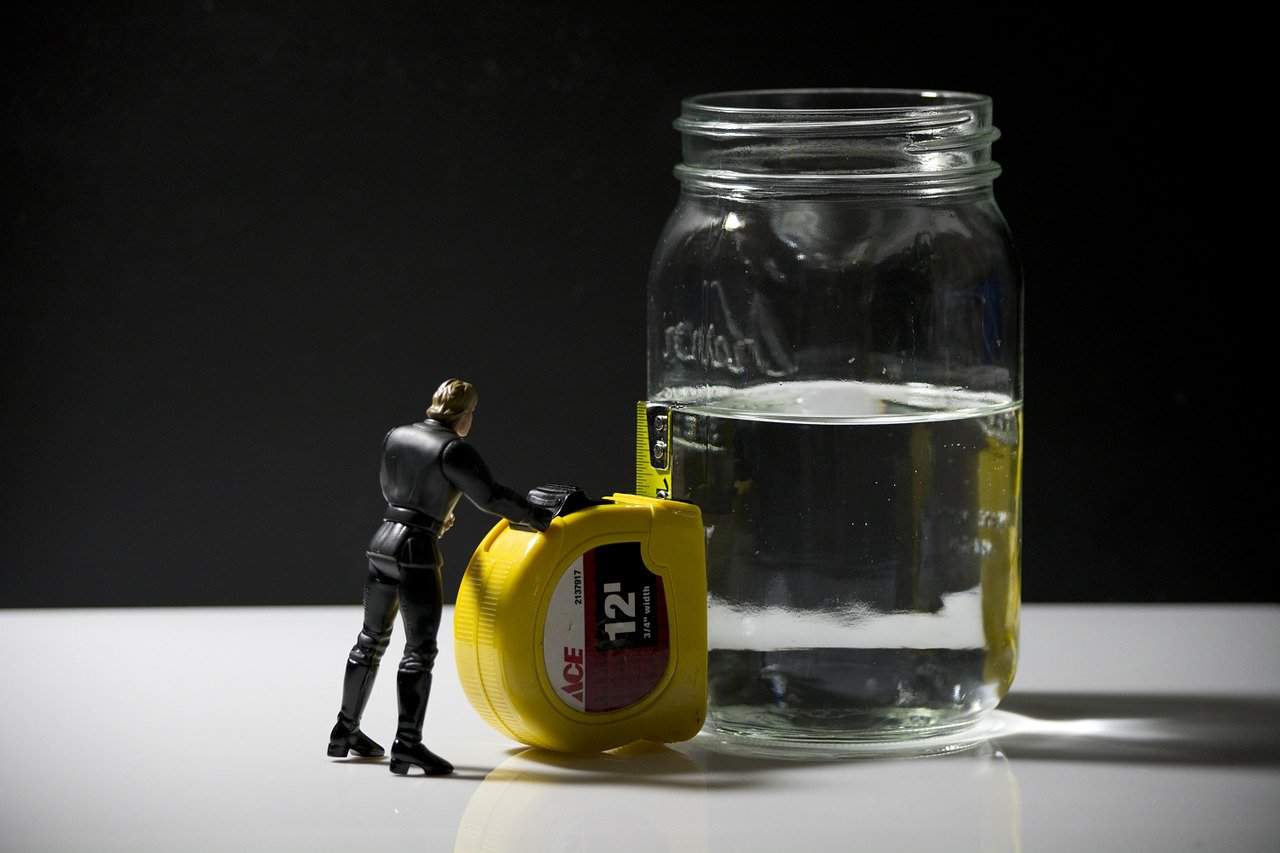When I was five, we got a little kitten that we named Lucky. Like most cats, Lucky spent much of her days happily curled up in a cozy ball, or stretched out wherever she could find a sunny patch of carpet to nap in.
There were many moments over the years when I would look up from practicing or doing homework, and marvel (a little enviously) at how much of her days were spent napping.
Meanwhile, I spent my high school and college years thinking that it was cool to be so busy that you didn’t have time to sleep.
Of course, that’s not very wise, because with each passing year, it becomes increasingly clear how critically important a role sleep plays in not just our health (from moderating our risk of Alzheimer’s, cancer, obesity, and more), but in maximizing learning and performance too.
Of course, getting enough sleep can sometimes be easier said than done. Not just because it takes planning and discipline to carve out the time, but because, unless you’ve recently had a baby, and are now so utterly sleep-deprived that you can fall asleep instantly even in the middle seat of an airplane, you’ve probably had nights where you just couldn’t get to sleep. Even if you were really tired.
Why can’t I sleep?
There are lots of reasons why we can occasionally have a touch of insomnia. But one of the big ones is our overactive brain. Because it’s tough to fall asleep when you’re stewing about a missed entrance in rehearsal that day, wondering if you’ll ever get called back to sub, and worrying that if you don’t, you’ll end up living in a van down by the river.
It’s also tough to get to sleep when all you can think about are the zillions of incomplete projects, tasks, and errands that you didn’t get to today.
Like the pile of rep you need to look at before rehearsal in a couple days. The emails in your inbox waiting for a reply. And the suitcase full of dirty clothes from the Thanksgiving trip that hasn’t been unpacked.
Of course, it’s not like you spent the day napping in sunbeams and daydreaming about squirrels. You did get some stuff done.
Research on to-do lists?
So might it help to write down all the things you accomplished, so you can go to bed with a sense of satisfaction, knowing you checked more stuff off your to-do list than you’re giving yourself credit for?
Or might it be better to pivot 180°, and write down all the stuff that you need to do tomorrow instead?
Previous research suggests that certain types of writing – like expressive writing – can help us de-stress and keep anxiety-provoking thoughts from being quite so intrusive. (Even though, yes, writing about what we’re anxious about does sound more like a way to increase anxiety than reduce it.)
So a group of researchers ran a study to compare the effect of a pre-bedtime brain dump of incomplete tasks with a brain dump of completed tasks, to see which would help participants get to sleep faster.
A sleep study
57 adults (ages 18-30) on the Baylor University campus were recruited to participate in an overnight sleep study.
Each participant arrived at 9pm, and completed a variety of questionnaires (demographics, stress, etc.), had their blood pressure measured, and were hooked up to equipment that would measure their brain wave activity, blood oxygen levels, heart rate, breathing, and eye and leg movement.
Then they were left alone for five minutes to complete a writing assignment.
Half were randomly assigned to write out tasks that they needed to complete in the next few days (to-do list group), while the other half were asked to list tasks that they completed in the last few days (the completed list group).
Here are the exact instructions (the completed group got the same instructions, except modified to note that they should write down the tasks they completed):
We’d like for you to spend the next five minutes writing down everything you have to remember to do tomorrow and over the next few days. You can write these in paragraph form or in bullet points. Use all five minutes to think and write about tasks you have to complete tomorrow and in the near future, even if few are coming to you.
When the five minutes were up, the researcher came in to collect the assignment, and informed the participant that they could go to sleep around 10:30pm1.
Which group fell asleep quicker?
Before we get into the results – which writing task do you think would help you get to sleep faster?
Well, if you said the to-do list, you’d be like most participants in the study.
The participants who listed tasks that needed to be done in the next few days fell asleep faster. And not just by a little bit. It was like 10 minutes faster (~15 minutes vs. ~25 minutes for the participants who wrote out their completed tasks).
Interestingly, those who wrote down more items on their to-do lists fell asleep faster still!
Why does this work?
The researchers suggest that writing down the things we need to do tomorrow may help to get them out of mind, so our brain can wind down and transition to sleep.
Indeed, I know some folks who keep a notepad on their bedside table so they can write down any thoughts that pop into their minds as they’re trying to go to sleep. Or in the middle of the night, for that matter.
And there is something reassuring about having a to-do system that you trust, so you don’t have to live with that nagging feeling that something important could slip through the cracks.
Take action: make to-do lists work for you
The participants in this study just wrote things down on paper, in no particularly systematic way.
Which is probably totally fine…but I tend to worry about forgetting to do things that are weeks or months out. And I also don’t like having to keep reminding myself to do them. So if you don’t fully trust your to-do list, or feel like your mind is too cluttered with all the things you need to do that you don’t have the mental bandwidth to focus on what’s in front of you at the moment (whether it be sleeping, having an imporatant conversation, or practicing), a more structured brain-emptying to-do list system like David Allen’s GTD (Getting Things Done) could be super helpful.
His book is one of my favorites, but you may be able to get everything you need from this summary: GTD in 15 Minutes – A Pragmatic Guide to Getting Things Done
Or, if you are more of a natural procrastinator, Do it (Tomorrow) is a super simple (and strangely satisfying) to-do list app, which keeps your focus on pretty much just the things that have to be done in the next 36-48 hours.
Take action: give yourself permission to sleep!
Struggling to give yourself permission to sleep 8+ hours per night? If you feel like that much sleep is simply a luxury you can’t afford, the following Tech Insider video with neuroscientist Matthew Walker may make you afraid to get any less than 8.
Walker has noted that humans are the only creatures who “deliberately deprive themselves of sleep for no sound reason.” And for what it’s worth, my cat Lucky ended up living to the ripe age of 21. She was no Creme Puff or Lucy, but still…not so shabby!
References
Scullin, M. K., Krueger, M. L., Ballard, H. K., Pruett, N., & Bliwise, D. L. (2018). The effects of bedtime writing on difficulty falling asleep: A polysomnographic study comparing to-do lists and completed activity lists. Journal of Experimental Psychology: General, 147(1), 139-146.







